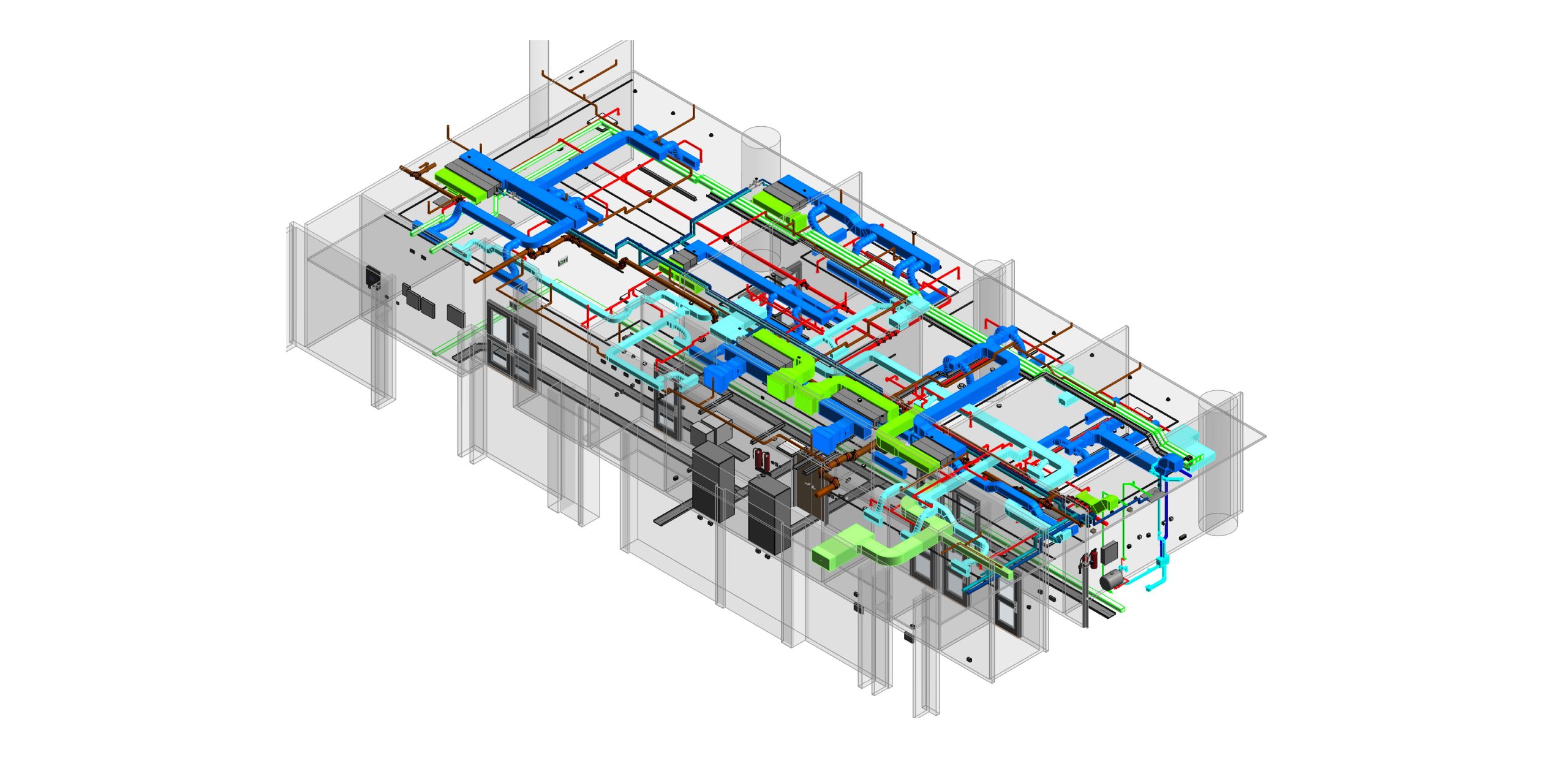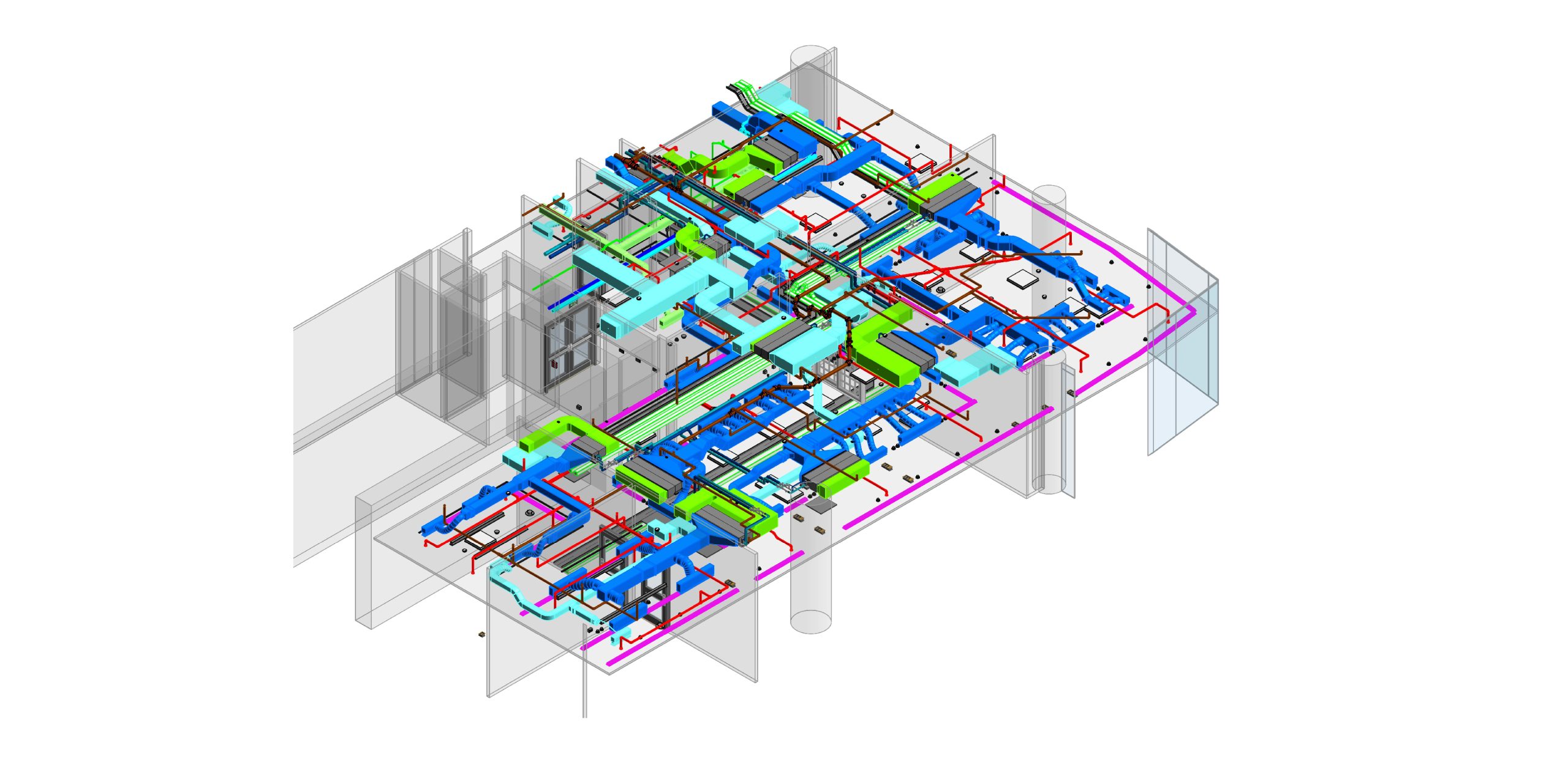Objective
Specifications
Comprehensive Digital Model : BIM technology was utilized to create a comprehensive digital model of the Brookefields Mall project, encompassing architectural, structural, mechanical, electrical, plumbing, and material management aspects.
Centralized Repository : The BIM model served as a centralized repository accessible to all project stakeholders, including engineers, architects, contractors, and project managers. This allowed for seamless collaboration and real-time access to project data.
Real-Time Updates : Designers continuously updated the BIM model with Request for Information (RFI) submissions, enabling real-time collaboration and decision-making. This iterative approach ensured that any changes or clarifications were promptly addressed, minimizing delays and errors.
Visualization and Clash Detection : Stakeholders leveraged the BIM model to visualize the project in detail, identifying potential clashes or design issues early in the process. This facilitated proactive problem-solving and ensured high-quality construction.
Communication Enhancement : BIM improved communication channels between project management and contractors, enabling better collaboration and alignment on project objectives and requirements. This facilitated smoother project execution and minimized misunderstandings.



Conclusion
- Enhanced Efficiency : By streamlining interactions and improving coordination, BIM helped optimize construction efficiency, leading to smoother project execution and faster delivery.
- Improved Communication : BIM facilitated better communication among project stakeholders, fostering collaboration and alignment on project goals.
- Quality Assurance: The use of BIM enabled early detection of clashes and design issues, ensuring high-quality construction and minimizing rework.
- Timely Delivery: Leveraging BIM technology allowed the project to stay on schedule, meeting deadlines and exceeding client expectations.

Experience the Future!



